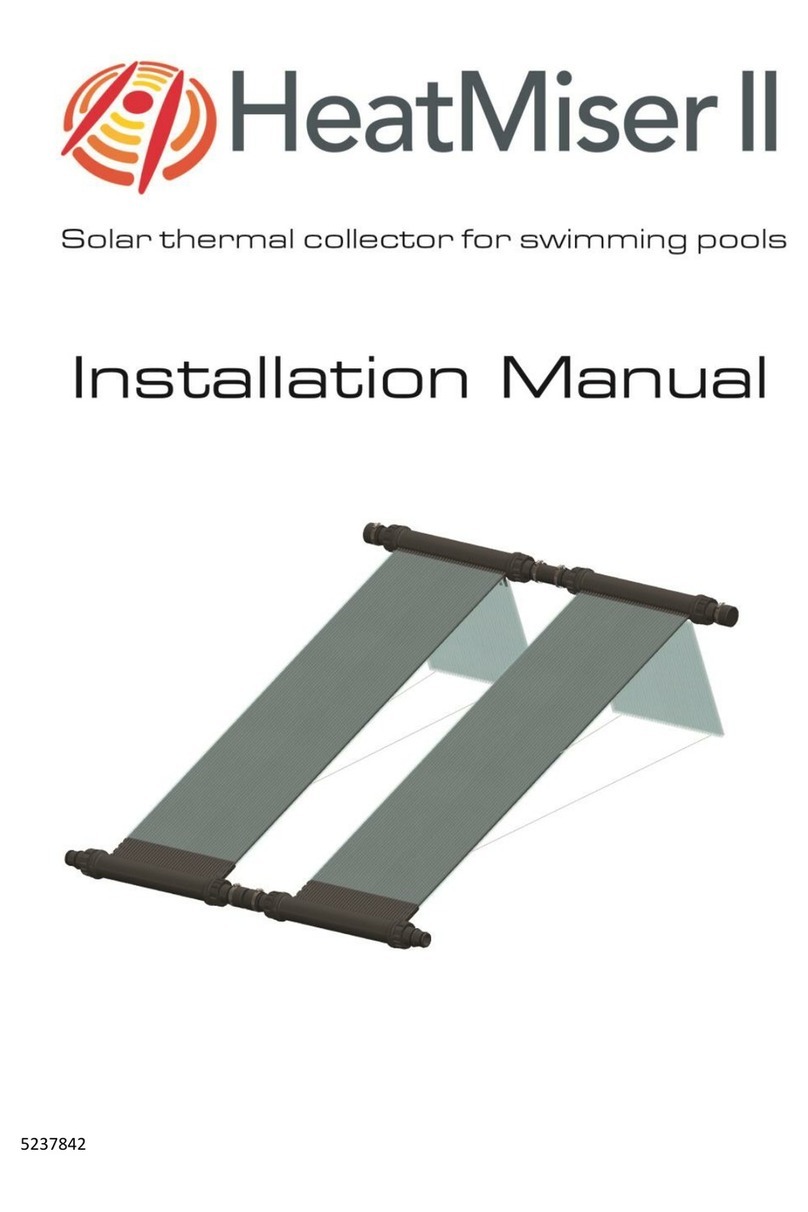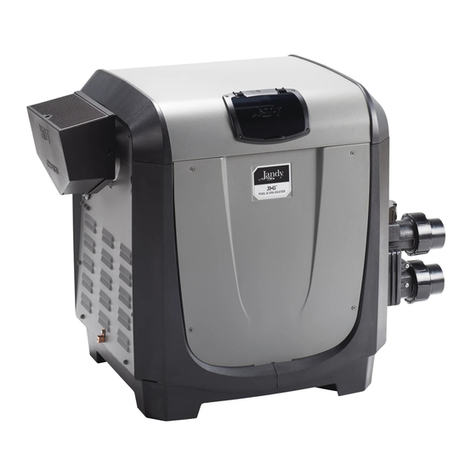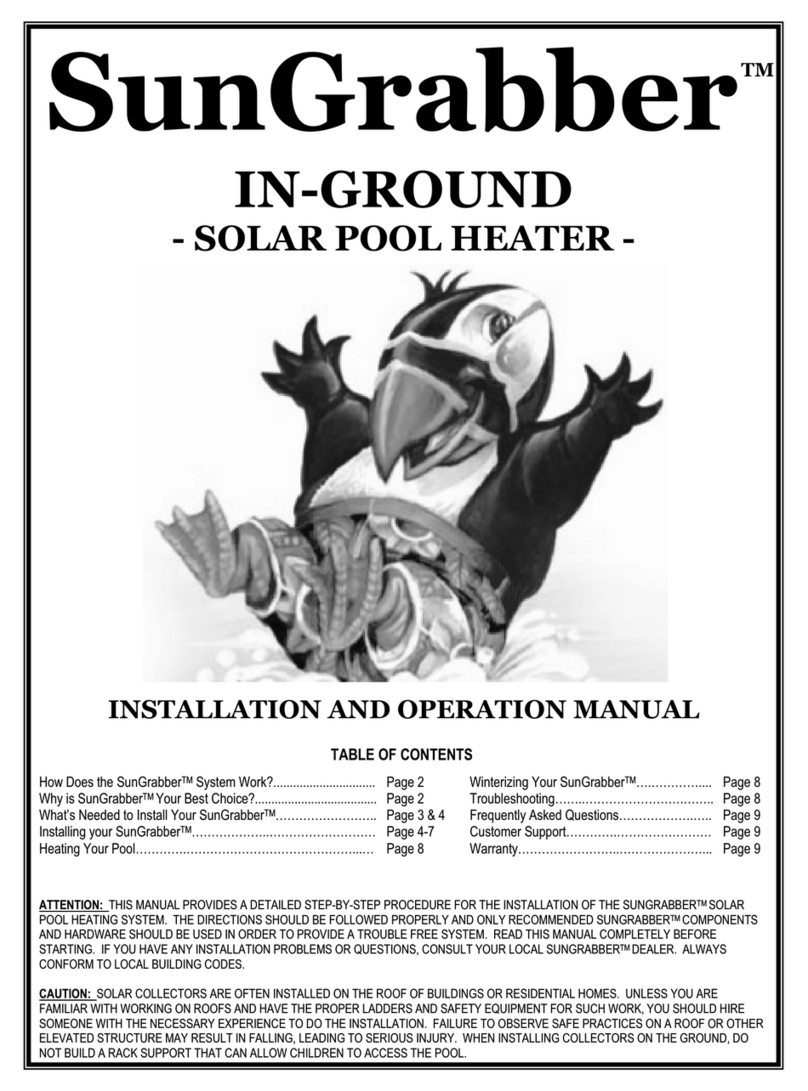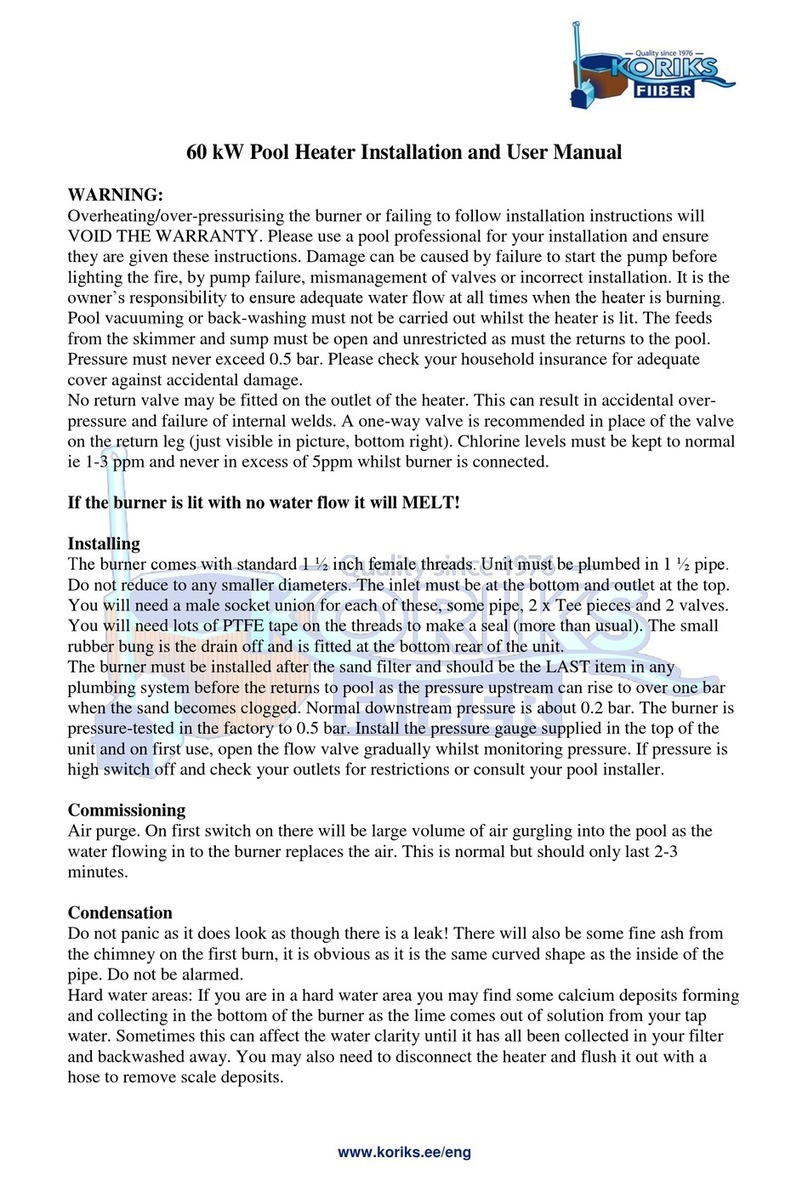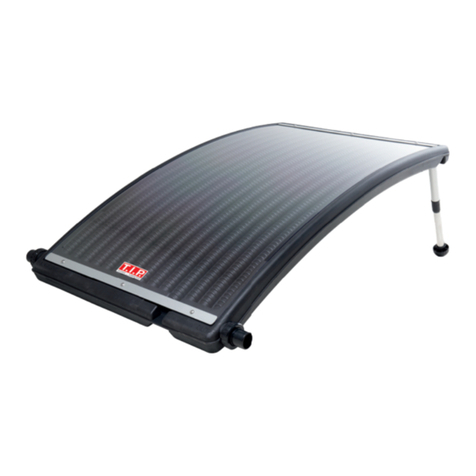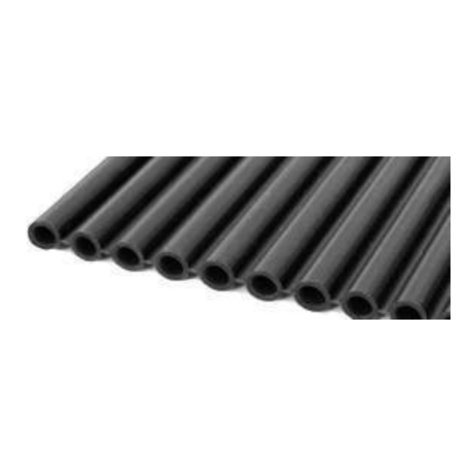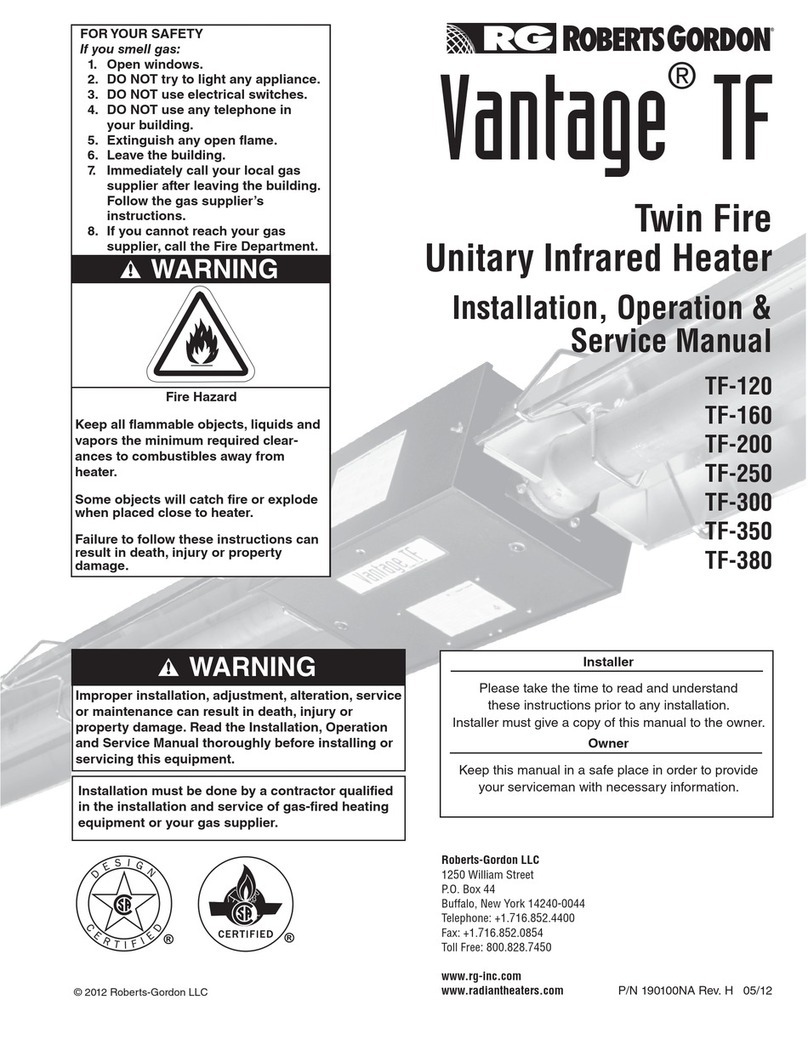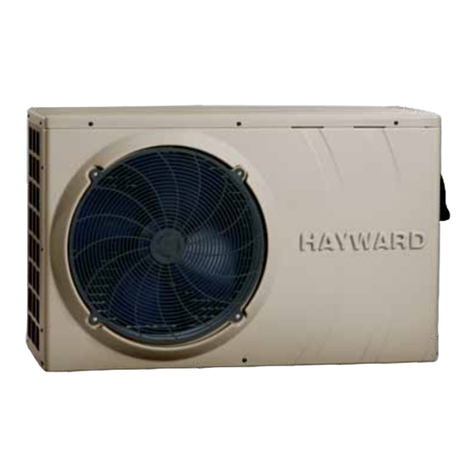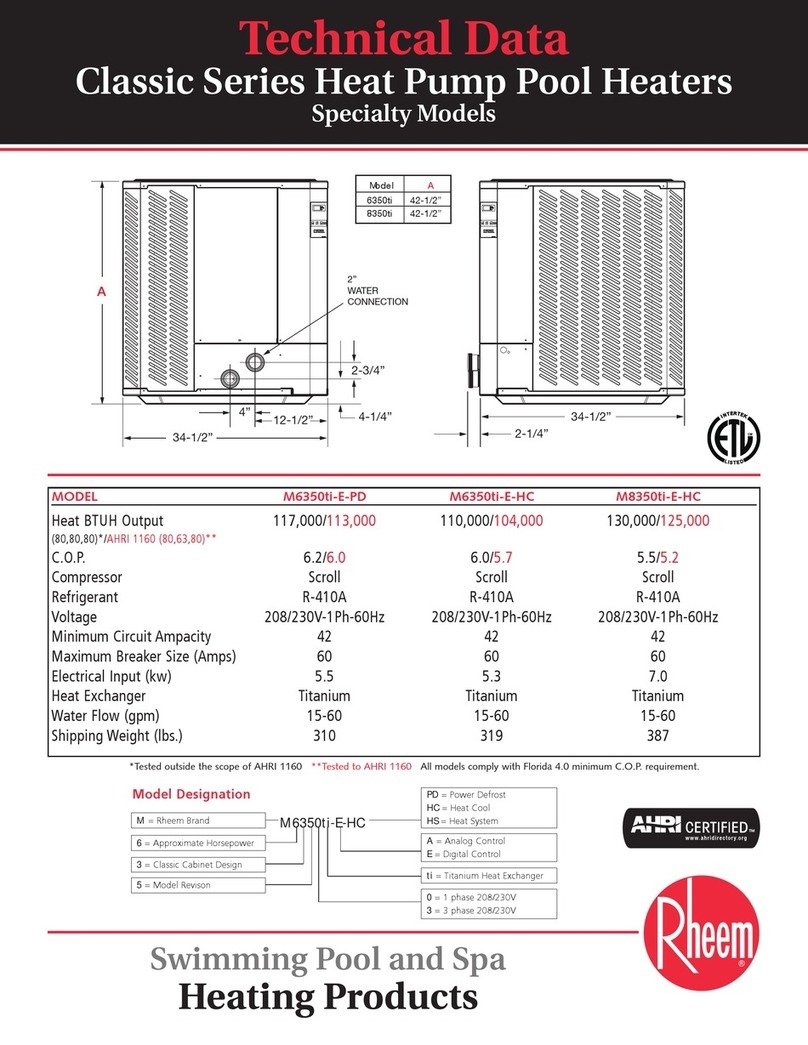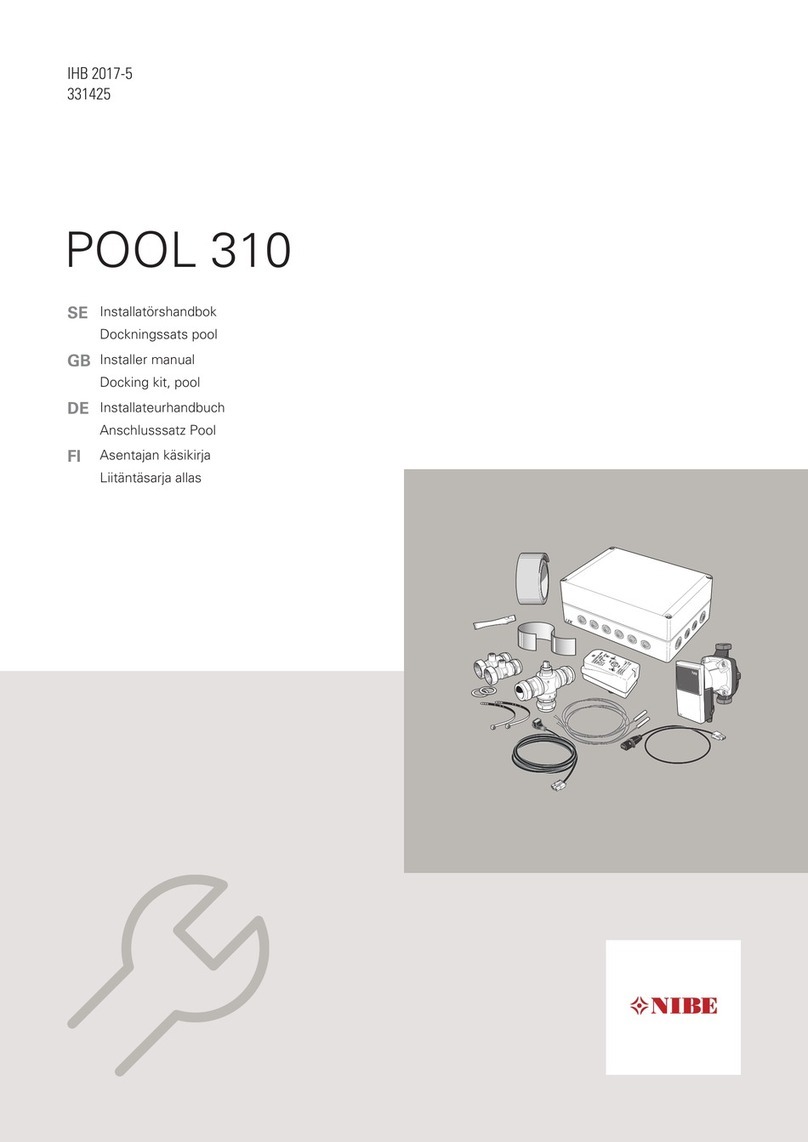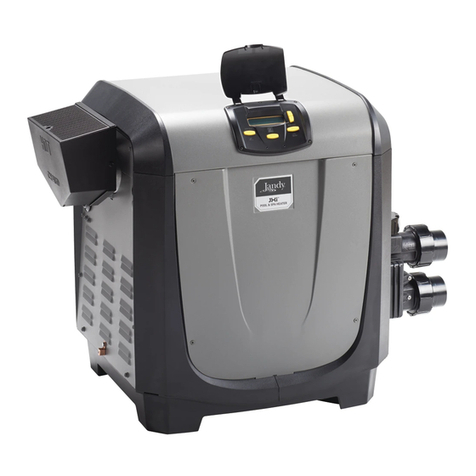i
1. Introduction
Background
The RHFE-308FTR incorporates an improved modulating control system to provide comfortable heating.
Other features of these appliances are improved safety, operation, installation, and maintenance features.
Characteristics
• Built into the main PCB is the software for connection to a central ON-OFF control.
• Gas flow modulates in 7 steps between High and Low ensuring comfortable and efficient heating.
• Includes a 24 hour digital clock and dual timer, and an economy mode function. This reduces gas con-
sumption without affecting comfort.
• Temperature control is monitored by “fuzzy logic” technology - relevance to each other.
• All operation and temperature control is with user-friendly push buttons.
• Improvements have been made to the rear convex section for clean-cut design.
• If a problem occurs or service is required, an error coded message appears on the digital display to
direct the service technician to the cause of the problem.
• Information about any previous faults is stored in the PCB and can be recalled during servicing.
About the 308FTR
The bodywork is formed from 0.6 mm galvanised steel sheet,which forms a box to which the components,
heat exchangers and blowers are attached. This is then covered by an outer case which is constructed from
0.6 mm galvanised steel sheet, and plastic mouldings.
The combustion chamber is constructed from 1.0 mm hot dip aluminium coated steel sheet, located in the
lower centre of the appliance.
The heat exchanger is composed of two sub-heat exchanger sets. The left hand set, No1 is constructed of
1.0 mm aluminised steel. The right hand set, No2 is constructed of 0.8 mm stainless steel. The inlet of sub-
heat exchanger No1 is connected to the outlet of the combustion chamber, the outlet is connected to sub-
heat exchanger N o2. Sub-heat exchanger No2 consists of 3 “sub” sections, constructed from 0.8 mm
stainless steel. The outlet of sub-heat exchanger No2 is constructed from 0.5 mm stainless steel and
connected to the flue by a concertina stainless steel tube.
The combustion air fan draws combustion air from the outside atmosphere through the flue manifold pipe.
Air is then blown into the combustion chamber via a rubber tube. Combustion products in the combustion
chamber are pushed out into sub-heat exchanger No1, to sub-heat exchanger No2, and then into the 34 mm
flue pipe which is connected through the flue manifold to the outside atmosphere.
The flue system is connected with stainless steel concentric pipe. The inner pipe (34 mm diameter.) is the
combustion gas outlet, and is connected to the outlet of sub-heat exchanger No2. The outer pipe (70 mm
diameter) is the combustion air inlet and is connected to the inlet of the combustion fan air pipe. Various
flue lengths are available.
Ignition is continuous spark in conjunction with an electrically operated solenoid and control is monitored
by the PCB. Gas passes through the R½ 15 (BSP) inlet fitting, then via a flange connection to the solenoid
valves No1, No2, a regulator modulating valve, aluminium injector manifold, before entering the burner.

